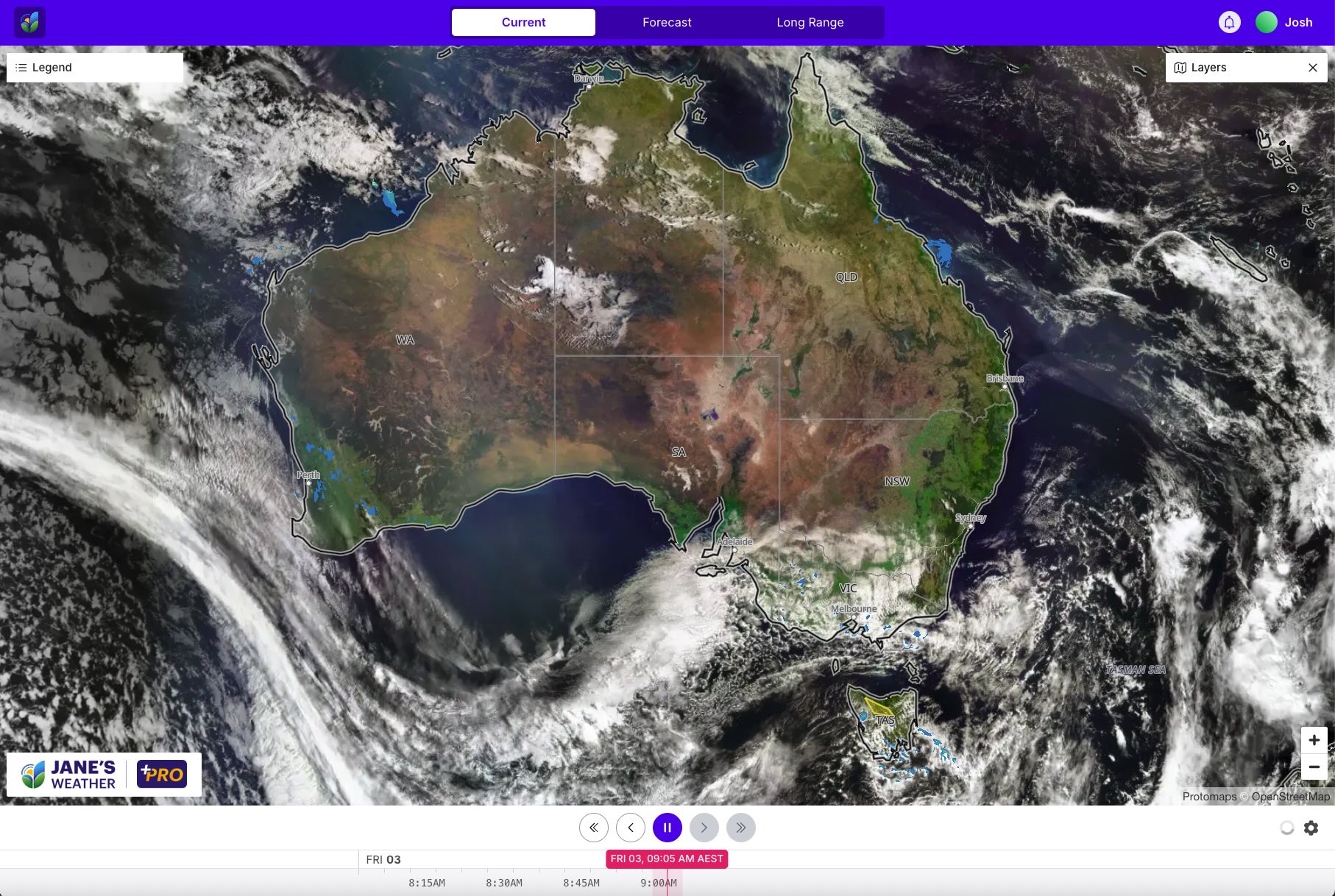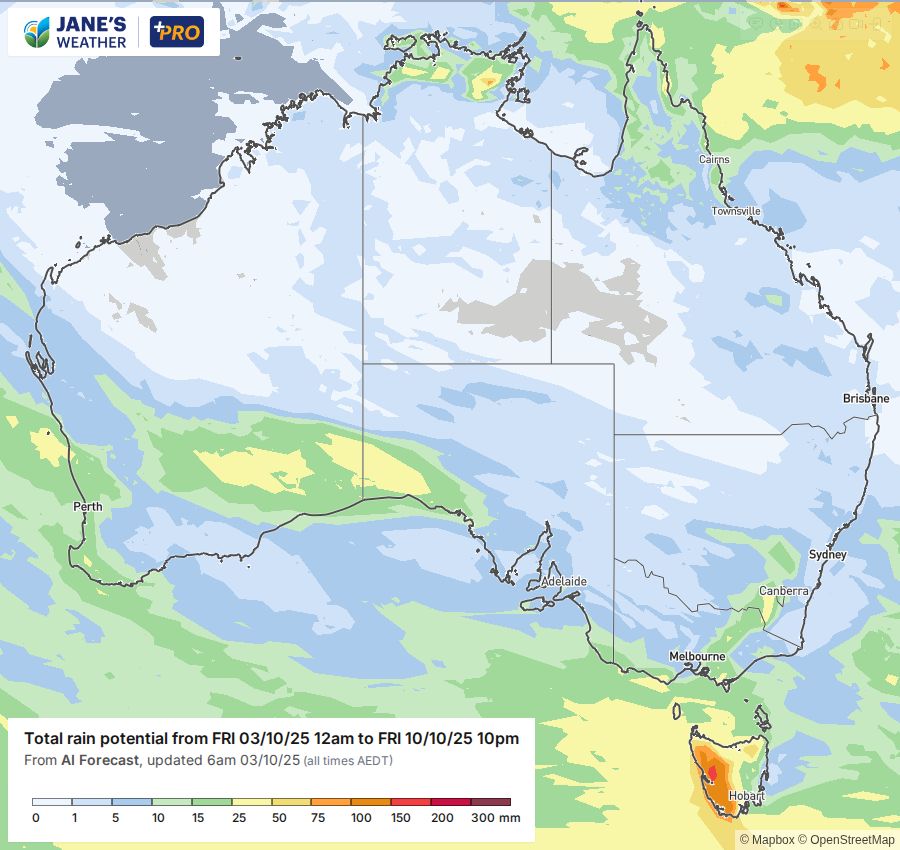As we end the week we have the remains of a cold outbreak over the southeast, and the next major weather system brewing off the west coast.

Let's talk about temperature first of all.
High pressure is moving into the southeast. Winds travel anticlockwise around a high, so when the centre of the high moves to your east, you get any heat that has built up over the north or interior of the country. We have had a significant build up of heat, and this will be our first major surge of significantly above average temperatures for the season.
It starts in the west and slowly moves eastwards, across the weekend.
It doesn't last forever though, a trough brings an end to this burst of above average - so it is the key area between the high and the trough that feels it.
Even when the cool change has moved in, see how we're left with a huge area of heat over the north (by Sunday and Monday there is a pool of 'Very Hot' in the northwest.
Whenever winds turn northeasterly in the west, northerly in central parts, and northwesterly in the east, then that pool of heat will sweep on through, until the next trough/front brings the cool change.
.gif)
Let's now talk about rain.
After the cool change moves through there will be a rainband.
It has a nice feed of tropical moisture from the Indian Ocean, and burst of energy coming up from the south to turn that moisture into wet weather.
The area that will see the most is actually likely to be over southeastern WA and western SA - that's just where it meets up best this time.
Then the rainband runs out of oomph as it crosses eastern SA and the southeast.
Western parts of Tasmania continue to see excessive rain in constant westerly airflow (no blocking highs this far south) - making up after such an extensive spell of drought.
A feed of moisture will come in from the northeast from about Tuesday, and that should meet up with a trough to produce a few days of hit and miss showers and storms to its east (QLD and northeast NSW) mid to late next week. As always if you are under a storm it delivers more than this map shows.

For this and more don't miss my video update, including outlooks as we go through October and beyond:
In this series I'll take you through the drivers of our weather, highlighting any changes over time and things to watch out for (generally every Friday). It covers weather elements like temperature and rainfall, and how they are driven by moisture from the Pacific and Indian Oceans, as well as bursts of energy from low pressure (SAM and MJO).
See and hear my commentary as I take you through the weather pattern's effects on our rain and temperatures in detail over the next week, with a brief look at week 2 and beyond as well.
Plus what is driving our weather in the weeks and months ahead, with the latest on El Nino/La Nina, the Indian Ocean Dipole (IOD), the Southern Annular Mode (SAM controls our weather systems), and the Madden Julian Oscillation (MJO connects tropical moisture to our weather systems).
I update this commentary each week, generally on Friday's. Make sure you are signed up (free or a subscription) so you don't miss an update.
Stay up to date with the forecast specifically for your area in our hour by hour outlook for the next 10 days. Download our app for iPhone and Android.
As always, you can see each of these graphics as soon as they update, as well as more information about them under our Rain Outlook and Seasonal Outlook pages within Jane's Update, along with our Snow Forecast in the snow season.

For further insights specifically for agriculture, to improve the utilisation of your resources, tailored to any Australian location, please upgrade your membership. You can take advantage of our free 30 day trial.
Upgrade to see full insights to help plan the best use for your resources:
- frost risk
- spraying conditions
- evapotranspiration to efficiently manage available water for crops
- growing degree days to monitor growth
- full ten day hour by hour outlooks, all variables, and all model data
- customised alert notifications
.png)
.png)
.png)
.png)